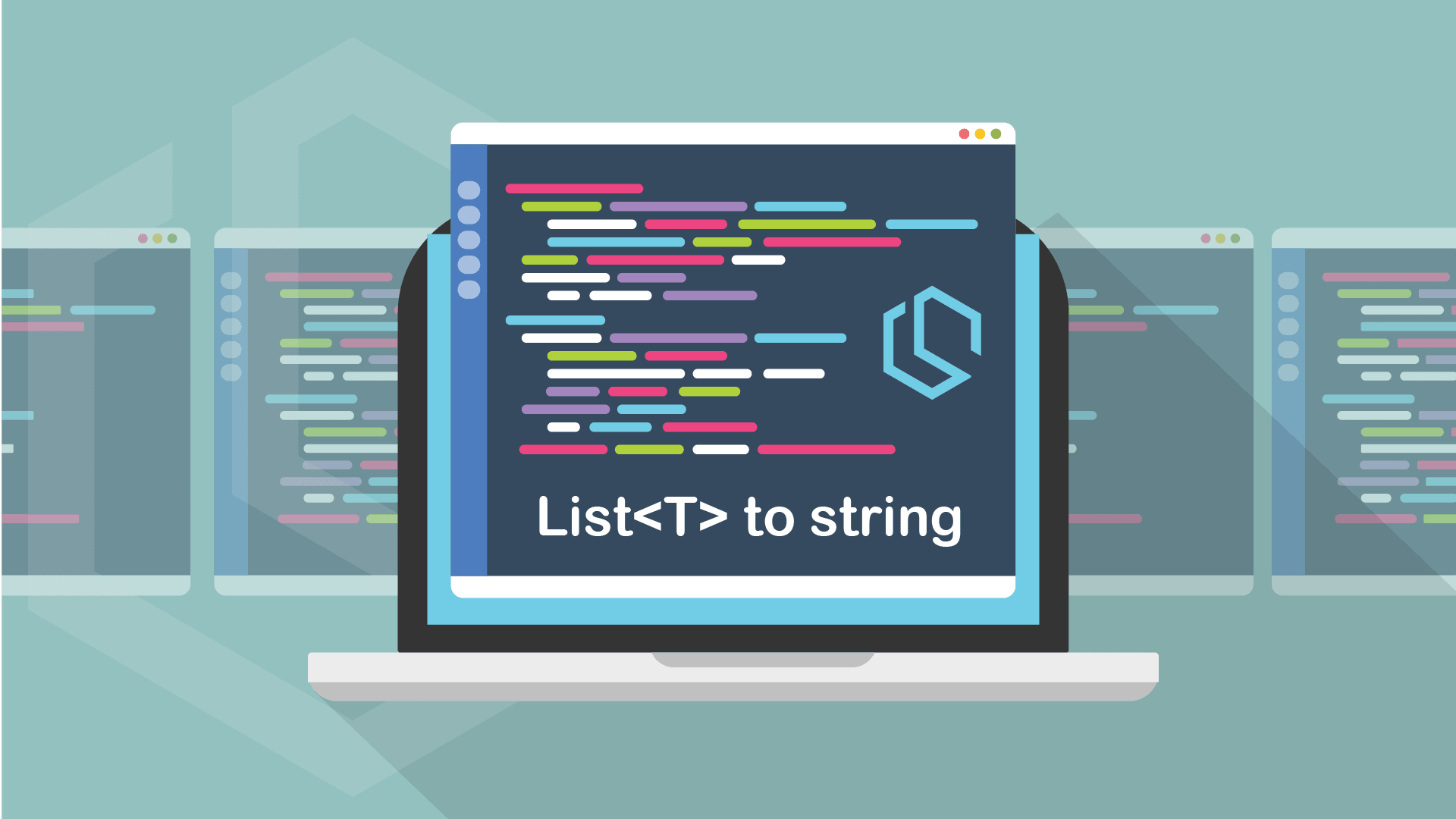In programming, there are often times when we need to convert a list of data to a string. This can be useful when we want to display the data to the user, save it to a file, or send it over a network. C# is a powerful programming language that offers various ways to convert a list to a string, depending on the specific requirements of the application. In this guide, we will explore different methods that can be used to convert any list to a string in C#.
Knowing how to convert a list to a string is essential for any programmer, regardless of their experience level. As a programmer, you may encounter situations where you need to concatenate multiple elements of a list into a single string. For instance, you may want to display a list of names, numbers, or dates as a single string separated by commas or any other separator. By learning how to convert a list to a string, you can improve the readability and usability of your code.
In this guide, we will cover various methods of converting a list to a string in C#. We will also provide examples of how to handle different data types, such as strings, integers, and objects. By the end of this guide, you should have a clear understanding of how to convert any list to a string in C# and be able to apply this knowledge to your programming projects.
By the end of this post, you will have a solid understanding of how to convert any list to a string in C# and be able to write more efficient and reusable code. If you are ready, then let's get to it.
Converting a List to a String
There are several methods available in C# that can be used to convert a list to a string. In this section, we will discuss three popular methods: using the String.Join() method, the StringBuilder class, and Linq and Aggregate function.
Using the String.Join() Method
The String.Join() method is a simple and efficient way to convert a list to a string. This method takes two parameters: a separator and a list of strings to concatenate. The separator is used to separate each string in the resulting concatenated string.
Here is an example of how to use the String.Join() method to convert a list of strings to a comma-separated string:
List<string> fruits = new List<string>{"apple", "banana", "cherry"};
string result = String.Join(",", fruits);
Console.WriteLine(result); // Output: "apple,banana,cherry"Using the StringBuilder Class
The StringBuilder class provides a more flexible and efficient way to build strings, especially when dealing with large strings or multiple concatenations. This class has various methods, such as Append() and AppendLine(), that can be used to add strings to the StringBuilder instance.
Here is an example of how to use the StringBuilder class to convert a list of integers to a space-separated string:
List<int> numbers = new List<int>{1, 2, 3, 4, 5};
StringBuilder sb = new StringBuilder();
foreach (int number in numbers)
{
sb.Append(number);
sb.Append(" ");
}
string result = sb.ToString().Trim();
Console.WriteLine(result); // Output: "1 2 3 4 5"
Using Linq and Aggregate function
Linq is a powerful feature in C# that provides a concise and readable syntax for working with collections of objects. The Aggregate function is a Linq extension method that can be used to reduce a collection of objects into a single object, such as a string.

Here is an example of how to use Linq and Aggregate function to convert a list of strings to a comma-separated string:
List<string> fruits = new List<string>{"apple", "banana", "cherry"};
string result = fruits.Aggregate((x, y) => x + "," + y);
Console.WriteLine(result); // Output: "apple,banana,cherry"
In summary, there are several methods available in C# to convert a list to a string, including the String.Join() method, the StringBuilder class, and Linq and Aggregate function. Each method has its advantages and disadvantages, and I always choose one of the methods depending on the specific requirements of the application.
Handling Different Data Types
When working with lists, it's common to have different data types in the list. In this section, we will provide examples of how to convert a list of strings, integers, and objects to a string.
Converting a List of Strings to a String
Converting a list of strings to a string is relatively simple using any of the methods discussed earlier. Here is an example of how to use the String.Join() method to convert a list of strings to a comma-separated string:
List<string> names = new List<string>{"John", "Jane", "Joe"};
string result = String.Join(",", names);
Console.WriteLine(result); // Output: "John,Jane,Joe"
Converting a List of Integers to a String
Converting a list of integers to a string requires a slightly different approach. We can use the Select() method of Linq to convert each integer to a string and then use the String.Join() method to concatenate the resulting strings. Here is an example:
List<int> numbers = new List<int>{1, 2, 3, 4, 5};
string result = String.Join(",", numbers.Select(n => n.ToString()));
Console.WriteLine(result); // Output: "1,2,3,4,5"
Converting a List of Objects to a String
Converting a list of objects to a string can be a bit more challenging since we need to extract the relevant information from each object. We can use the Select() method of Linq to extract the desired property of each object and then use the String.Join() method to concatenate the resulting strings. Here is an example:
class Person {
public string Name { get; set; }
public int Age { get; set; }
}
List<Person> people = new List<Person>{
new Person{Name = "John", Age = 30},
new Person{Name = "Jane", Age = 25},
new Person{Name = "Joe", Age = 40}
};
string result = String.Join(",", people.Select(p => p.Name));
Console.WriteLine(result); // Output: "John,Jane,Joe"
In summary, handling different data types when converting a list to a string requires slightly different approaches depending on the data type. By understanding how to convert lists of different data types to a string, we can make our code more flexible and reusable.
Summary
In this tutorial, we discussed how to convert any list to a string with C#. We explored three popular methods for converting a list to a string: using the String.Join() method, the StringBuilder class, and Linq and Aggregate function. We also covered how to handle different data types when converting a list to a string.
When deciding which method to use for converting a list to a string, it's important to consider the specific requirements of the application. The String.Join() method is a simple and efficient way to concatenate a list of strings, while the StringBuilder class provides a more flexible and efficient way to build strings. Linq and Aggregate function are useful for reducing a collection of objects into a single object.
It's important to note that the examples I provided in this blog post are not exhaustive, and there may be other methods available for converting a list to a string. However, by understanding the concepts and methods presented here, you should be able to convert any list to a string in C#.
In conclusion, knowing how to convert a list to a string is a fundamental skill for any C# developer. By using the methods and techniques presented here, you can write more efficient and reusable code, and make your applications more flexible and adaptable to changing requirements. If you got any questions or suggestions, please let me know in the comments below. Until next time - Happy coding! ✌️


